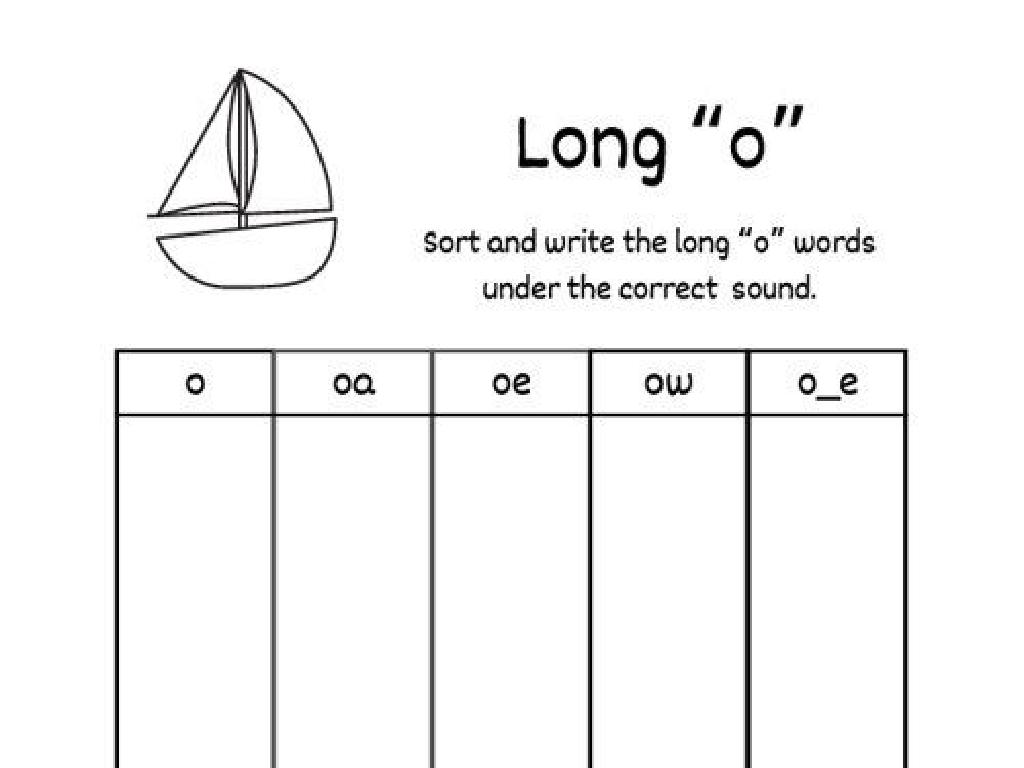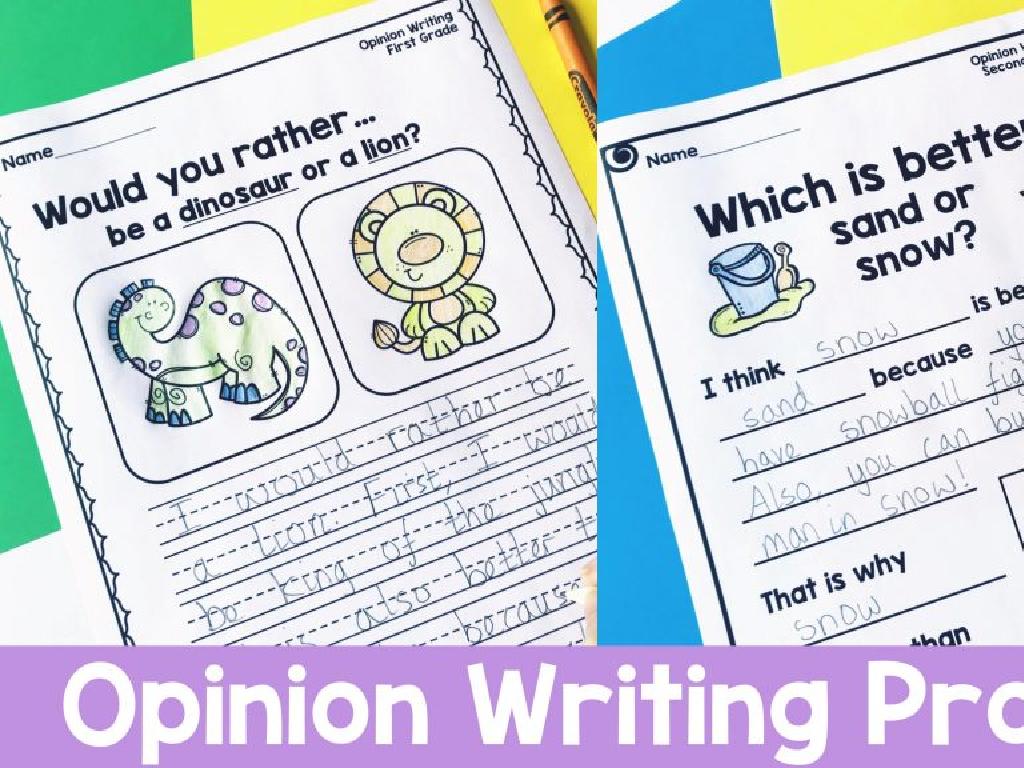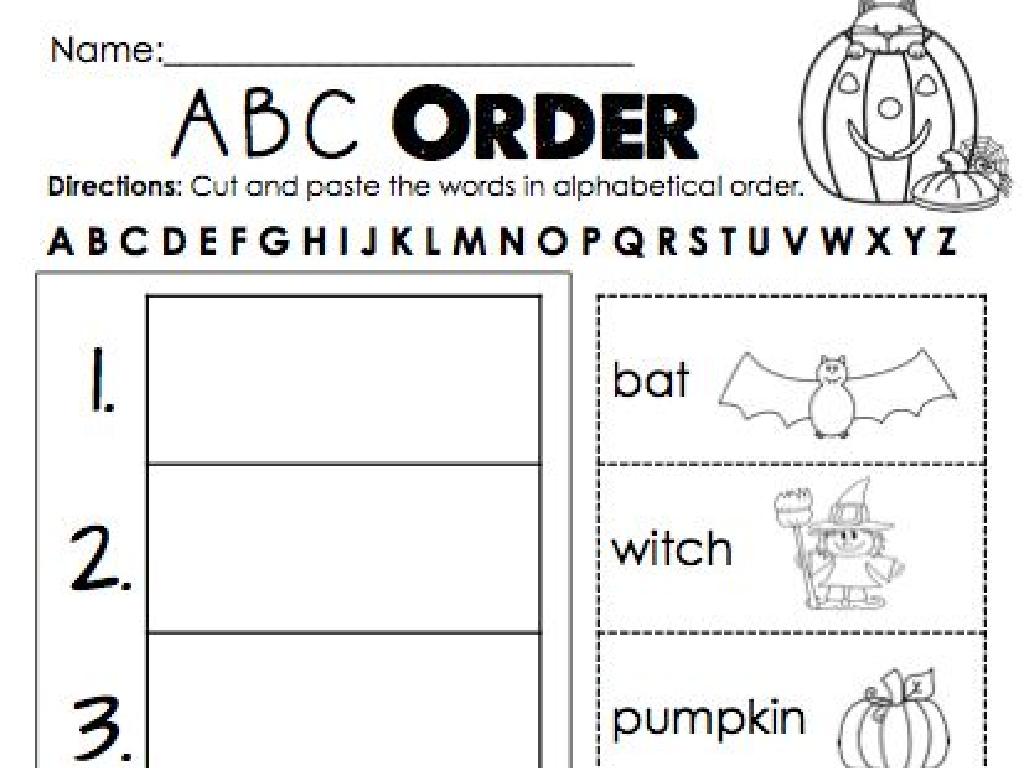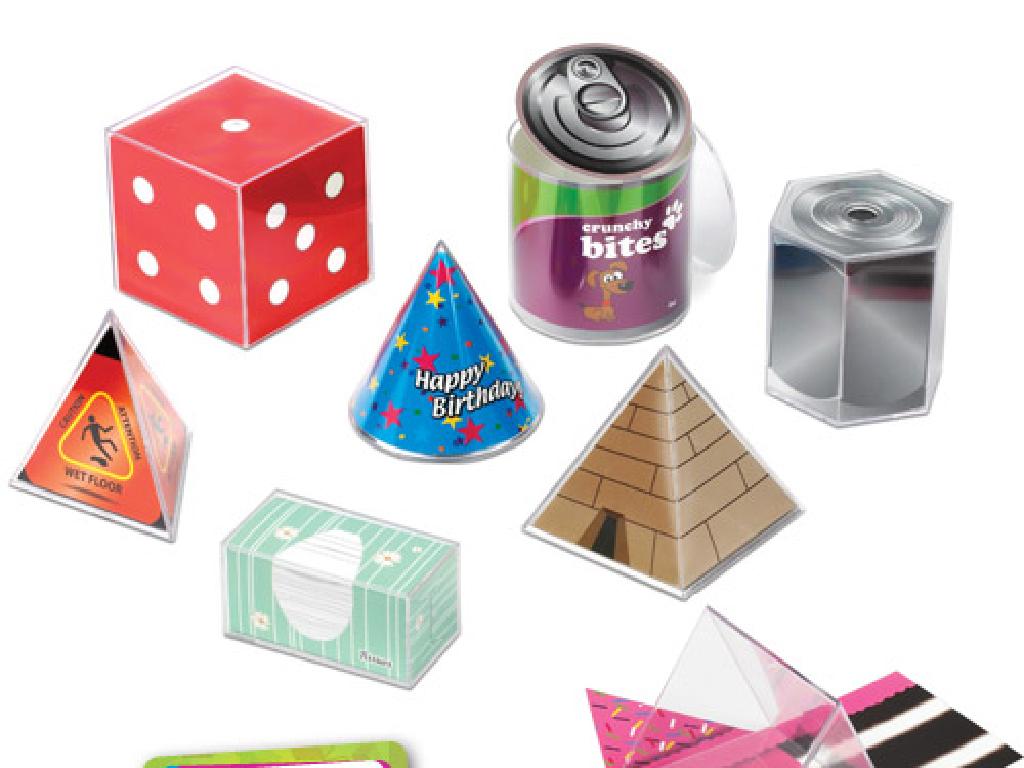Identify Supporting Details In Informational Texts
Subject: Language arts
Grade: Sixth grade
Topic: Persuasive And Opinion Writing
Please LOG IN to download the presentation. Access is available to registered users only.
View More Content
Identifying Supporting Details in Persuasive Writing
– What is Persuasive Writing?
– Persuasive writing aims to convince readers to accept a viewpoint.
– Today’s Goal: Find Supporting Details
– Look for facts, examples, or quotes that back up the main idea.
– The Role of Supporting Details
– They’re the evidence that makes the argument credible.
– Strengthening Arguments with Details
– Details make your writing more convincing to the reader.
|
This slide introduces students to the concept of persuasive writing and its key component: supporting details. Begin by explaining that persuasive writing is used to convince someone of a particular point of view or argument. Emphasize the importance of supporting details, which serve as the backbone of persuasive texts, providing evidence and credibility to the argument. Encourage students to think critically about the texts they read and to look for specific details that support the main idea. Use examples from familiar texts or current events to illustrate how supporting details function. Instruct students to practice identifying these details in informational texts as a way to understand and evaluate the strength of an argument.
Exploring Persuasive Writing
– Define Persuasive Writing
– Persuasive writing aims to convince readers to accept a viewpoint.
– Understand the Goal of Persuasion
– The main purpose is to persuade or convince the reader.
– Identify Persuasive Writing in Daily Life
– Advertisements, speeches, and blogs often use persuasive writing.
– Analyze Examples of Persuasion
– Look at ads or editorials and discuss what makes them persuasive.
|
This slide introduces students to the concept of persuasive writing, a key component of opinion writing. Start by defining persuasive writing as a style that aims to convince readers to adopt a specific viewpoint or take action. Discuss the goal of persuasion, which is to influence the reader’s thoughts or actions. Provide relatable examples such as advertisements, political speeches, or opinion pieces in newspapers to illustrate how persuasive writing is used in everyday life. Encourage students to analyze these examples and identify the techniques used to persuade the audience. This will help them understand the effectiveness of supporting details in strengthening an argument.
The Power of Supporting Details
– Define Supporting Details
– Details that explain or prove main ideas
– Types: Facts, Stats, Examples, Anecdotes
– Facts: true statements, Stats: numerical data, Examples: specific cases, Anecdotes: short stories
– Role in Strengthening Arguments
– They provide evidence, making arguments more convincing
– Practice Identifying Details
– We’ll look at texts to highlight these details
|
This slide introduces the concept of supporting details, which are crucial for developing persuasive and opinion writing. Begin by defining what supporting details are and how they serve to explain or provide evidence for the main ideas. Discuss the different types of supporting details: factual statements, statistical evidence, specific examples, and personal anecdotes. Explain how each type can be used to fortify an argument, making it more credible and persuasive. To apply this knowledge, engage students in an activity where they identify these types of details in sample texts. This will help them understand the practical use of supporting details in their writing.
Identifying Supporting Details
– Strategies to find supporting details
– Look for facts, statistics, examples, or quotes that back up the main idea.
– Main ideas vs. supporting details
– Main ideas are the big points, while supporting details are the pieces of evidence.
– Practice activity with a sample text
– We’ll work together to identify supporting details in a provided text.
|
This slide is aimed at teaching students how to identify supporting details in informational texts, which is a key component of understanding persuasive and opinion writing. Start by discussing strategies to find supporting details, such as looking for factual evidence or direct quotes that reinforce the main idea. Explain the difference between main ideas and supporting details, emphasizing that the main idea is the central message while supporting details are the ‘proof’ that bolster the main idea. The practice activity should involve a sample text where students can apply these concepts. Provide a text and guide the students through the process of identifying the supporting details. This interactive activity will help solidify their understanding and prepare them for analyzing texts on their own.
Analyzing Persuasive Texts: Finding Supporting Details
– Example of persuasive text
– A persuasive text with clear, strong details to support the main argument.
– Discuss effectiveness of details
– In groups, discuss why these details help the author’s argument.
– Individual analysis activity
– Underline the details in the text that provide strong support.
– Understanding the role of details
|
This slide is aimed at helping students identify and analyze supporting details in persuasive texts. Start with a clear example of a persuasive text that includes strong supporting details. Break the class into groups and have them discuss what makes these details effective in supporting the author’s argument. Then, have students work individually to underline and identify the supporting details within the example. This activity will enhance their ability to discern strong evidence in persuasive writing. It’s crucial to emphasize the importance of supporting details in strengthening an argument. Encourage students to share their findings and provide feedback on the relevance and effectiveness of the details they identified.
Crafting Persuasive Texts: Structuring Your Argument
– Select a persuasive writing topic
– Choose a topic you’re passionate about
– Brainstorm supporting details
– Gather facts, statistics, and examples
– Organize ideas persuasively
– Use an introduction, body, and conclusion
– Build a strong argument
– Ensure each point backs up your main argument
|
This slide is aimed at guiding students through the process of creating their own persuasive texts. Start by selecting a topic that sparks interest and can be argued from multiple angles. Encourage students to research and brainstorm a list of supporting details such as facts, statistics, quotes, and real-life examples that strengthen their position. Teach them to organize their ideas into a clear structure with a compelling introduction, a body containing well-structured paragraphs, and a conclusion that reinforces their argument. Emphasize the importance of each supporting detail in solidifying their argument and persuading the reader. In the next class, students can work on drafting their texts, using their organized ideas as a foundation.
Class Activity: Persuasive Writing Workshop
– Form groups and pick a persuasive topic
– Write a paragraph with 3 supporting details
– Supporting details should be facts, statistics, or quotes that strengthen your argument
– Share your paragraph with the class
– Receive and give feedback on the writing
– Listen to others’ paragraphs and discuss what made the arguments convincing
|
This activity is designed to enhance students’ persuasive writing skills by practicing in a group setting. Each group should select a topic they feel passionate about and write a paragraph arguing their position. Emphasize the importance of using strong supporting details such as factual evidence, statistics, or authoritative quotes to bolster their arguments. After writing, each group will present their paragraph to the class and receive constructive feedback. Encourage active listening and respectful critique to foster a supportive learning environment. Possible topics could include school uniforms, homework policies, or environmental issues. This exercise will help students understand the role of supporting details in making persuasive arguments more compelling.
Wrapping Up: Supporting Details & Homework
– Recap: Identifying Supporting Details
– Practice is key in persuasive writing
– Homework: Craft a persuasive essay
– Choose any topic you feel passionate about
– Include supporting details in your essay
– Use facts, statistics, or quotes as details
|
As we conclude today’s lesson, remind students of the importance of supporting details in strengthening their persuasive writing. Emphasize that regular practice is crucial for mastering the skill of using supporting details effectively. For homework, students are to write a persuasive essay on a topic they choose, ensuring they include various supporting details such as factual evidence, statistical data, and authoritative quotes to back up their arguments. This exercise will help them apply what they’ve learned and develop their ability to convince readers of their viewpoint. In the next class, we can discuss some of the essays to highlight the use of strong supporting details.





